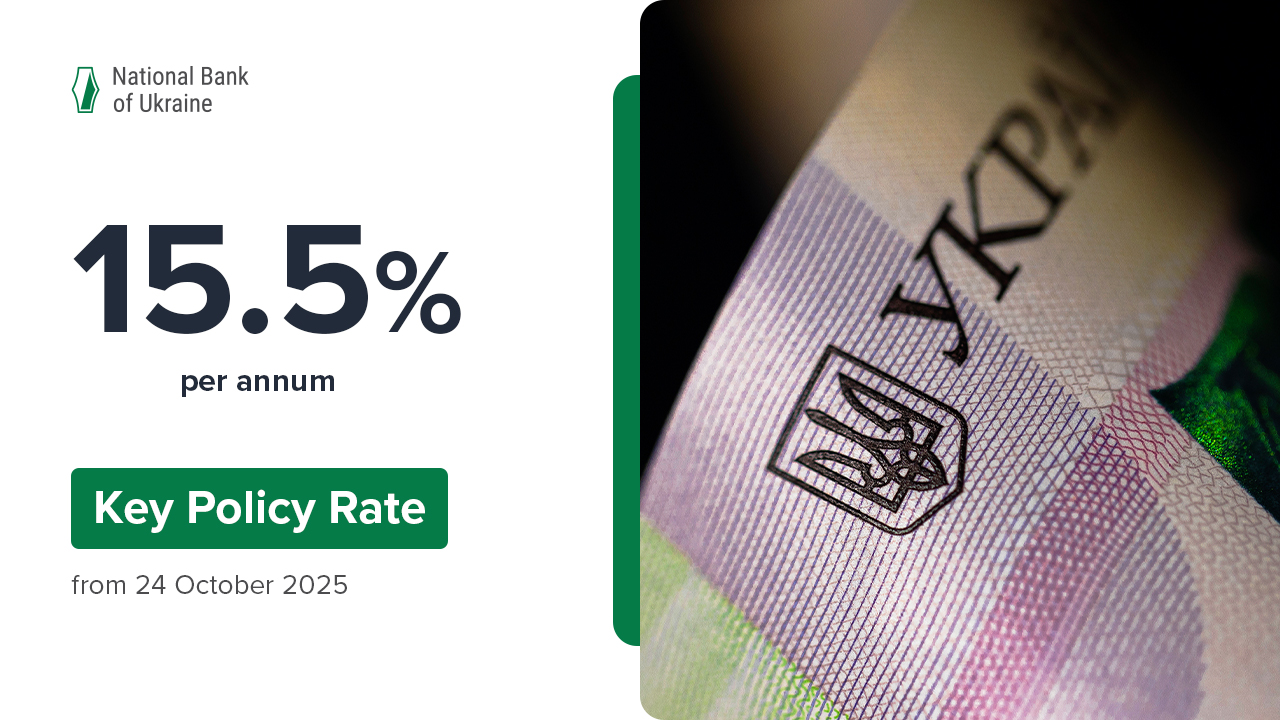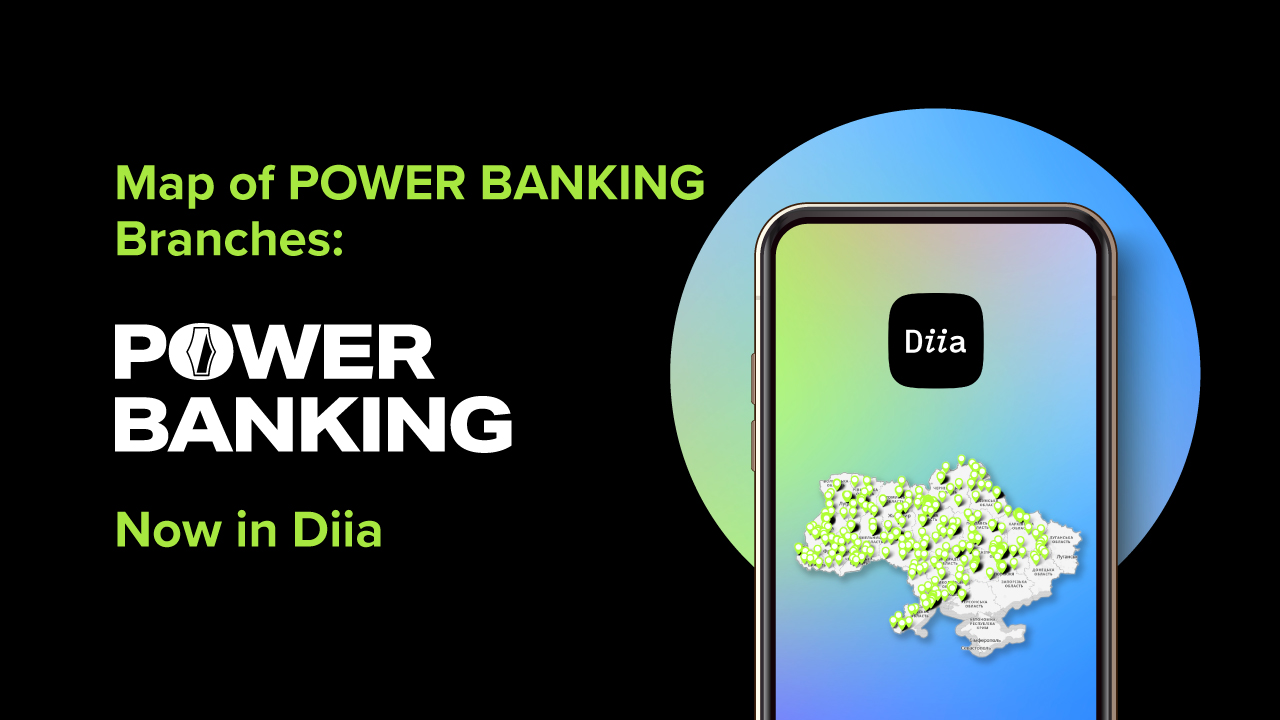Banks expect that the growth in lending and deposits will continue into 2019 and both retail and corporate loan portfolios will improve. This is according to the Lending Survey published today by the National Bank of Ukraine (NBU).
Banks predict growth of corporate lending in 2019
Sentiment about retail and corporate lending has been optimistic since Q2 2016 and Q4 2016, respectively. Three quarters of the polled banks predict growth in corporate lending in 2019. According to the respondents, demand will increase in Q1 for all types of business loans, especially SME loans, hryvnia loans, and short-term loans.
Furthermore, 62% of the respondents expect retail loans to grow in 2019. In addition, demand for consumer loans increased in Q1 2019, continuing the three-year growth trend.
Continued growth of household and business deposits in 2019 is expected by 66% and 67% of the surveyed banks, respectively. The projected increase in household deposits is the highest in the survey’s history.
Demand for corporate loans is on the rise, but relevant lending standards are becoming tighter
In Q4 2018, demand increased for both retail and business loans. Short-term and hryvnia corporate loans were in the highest demand. According to the polled banks, demand was mainly fueled by businesses’ greater need for capital investments, working capital, and debt restructuring.
The criteria for approving corporate applications for all loan types were tightened in Q4 2018. This was especially true of loans to large companies and long-term loans. The reason is worsened expectations, mostly exchange rate and economic development expectations. In addition, for the first time in four quarters, the respondents have tightened the standards for SMEs on account of the deteriorated exchange rate expectations and increased collateral risk. However, in Q1 2019, the banks intend to slightly ease internal requirements for business lending, mainly SME lending.
Improved consumer sentiment and higher spending on durable goods were cited as the main drivers of the demand for consumer loans.
In Q4, lending standards for households did not change. Standards in the consumer segment tightened, according to some of the banks. The main factors were interest rate increases, balance sheet constraints, and a deterioration in expectations regarding general economic activity that had been reported for the first time since Q3 2015. However, the impact of these factors was offset by respondents that eased the consumer lending standards as a result of competition with other banks and condumers’ improved repayment ability.
For the first time in five years, the banks have reported a reduction in liquidity risk
The surveyed banks reported that all risks except for credit risk decreased or remained unchanged in Q4. Large banks noted a credit risk increase and a decrease in interest rate, FX, and liquidity risks. At the same time, the liquidity risk declined for the first time in five years.
In Q1 2019, the banks expect credit, FX, and operational risks to increase, while liquidity risk (current or potential risk to proceeds and capital caused by bank’s failure to discharge liabilities in due time) is anticipated to decline, and interest rate risk to remain unchanged.
For more details on the survey, questionnaire data, and additional information about the survey, follow the link.
The next Lending Survey with the Q2 2019 outlook for lending conditions will be published in April 2019.
Note: In the Lending Survey (Q1 2019), respondents’ replies are non-weighted, with one bank corresponding to one response.
This survey of credit managers from 61 banks was conducted between 18 December 2018 and 10 January 2019. These banks account for 96% of the banking system’s total assets. The survey results reflect the views of respondents and are not the NBU’s estimates or forecasts.
For reference: The NBU publishes the Lending Survey on a quarterly basis. The survey aims to promote better understanding of lending market conditions and trends by the NBU and other banking sector stakeholders. It provides general estimates and forecasts of changes in lending standards and conditions for the corporate sector and households, as well as fluctuations in demand for credit financing, etc.







